Stablecoins Emerge As One Of The Top Concerns For Governments
Stablecoins emerge as one of the top concerns for governments as CBDC's will likely take years to reach global adoption
Sponsored Post


e-Money currently supports the Euro (EUR), Swiss Franc (CHF), Swedish Krona
(SEK), Norwegian Krone (NOK), and the Danish Krone (DKK)
Because of the increasing market size, stablecoin operators could become significant investors in the U.S. Commercial Paper market, exceeding the holdings of money market funds within two or three years.
Other initiatives, including the potential launch of central-bank digital currencies, could also significantly affect demand for stablecoins.
The finding was mentioned in a recent FSB progress report for enhancing cross-border payments.
FSB publishes targets for enhancing cross-border payments and progress under its Roadmap
It follows the structure of the Stage 2 report, setting out actions and indicative timelines in the following five focus areas:
- Committing to a joint public and private sector vision to enhance cross-border payments
- Coordinating on regulatory, supervisory and oversight frameworks
- Improving existing payment infrastructures and arrangements to support the requirements of the cross-border payments market
- Increasing data quality and straight-through processing by enhancing data and market practices
- Exploring the potential role of new payment infrastructures and arrangements
The FSB’s progress report acknowledged the market capitalization of existing stablecoins has continued to grow in the last two years, and that stablecoins could contribute to facilitating better cross-border payments.
the report said.
“From a policy perspective, there is value in assessing whether and how the use of well-designed global stablecoins could enhance cross-border payments. An action to that extent has been added,”
Overall, stablecoin issuers have minted more than $133 billion worth of tokens and large players in cross-border payments, like MoneyGram, are already looking to use private stablecoins such as USDC in speeding up cross-border transactions, and regulators are getting nervous.
The FSB roadmap is only the latest institutional document to consider the role of private stablecoins in cross-border transactions, and how they should be regulated. Last week, the BIS published guidance on how international payments laws could be applied to stablecoins.
Meanwhile, global financial institutions are encouraging central banks to explore CBDCs. The Bank for International Settlements (BIS) along with the International Monetary Fund (IMF) and the World Bank (WB) said central banks must consider the cross-border implications of CBDCs. Last month, Benoit Cœuré, the head of the BIS Innovation Hub, signaled central banks should speed up work on CBDCs in light of stablecoins.
Cœuré said,
“CBDCs will take years to be rolled out, while stablecoins and crypto assets are already here. This makes it even more urgent to start,”
The FSB roadmap also said the implementation of stablecoin regulations across its member jurisdictions is still at a very early stage, and that countries are considering varied approaches. Authorities in jurisdictions have identified several issues that might be getting in the way of making “concrete recommendations,” including redemption rights, wallet providers and the management of stablecoin reserve assets, according to the report.
the report said,
“As a next step, the FSB will review, in consultation with other relevant standard-setting bodies and international organisations, the FSB high-level recommendations and how any gaps identified could be addressed by existing frameworks”
The FSB previously said authorities had identified several issues relating to the implementation of its recommendations that warranted further consideration. Those include conditions for qualifying a stablecoin as a “global stablecoin” as well as investor protection and other requirements for issuers, custodians, and wallet providers relating to global stabelcoins.
A review of its recommendations, in consultation with other global standard-setting bodies, is expected to be completed in July 2023.
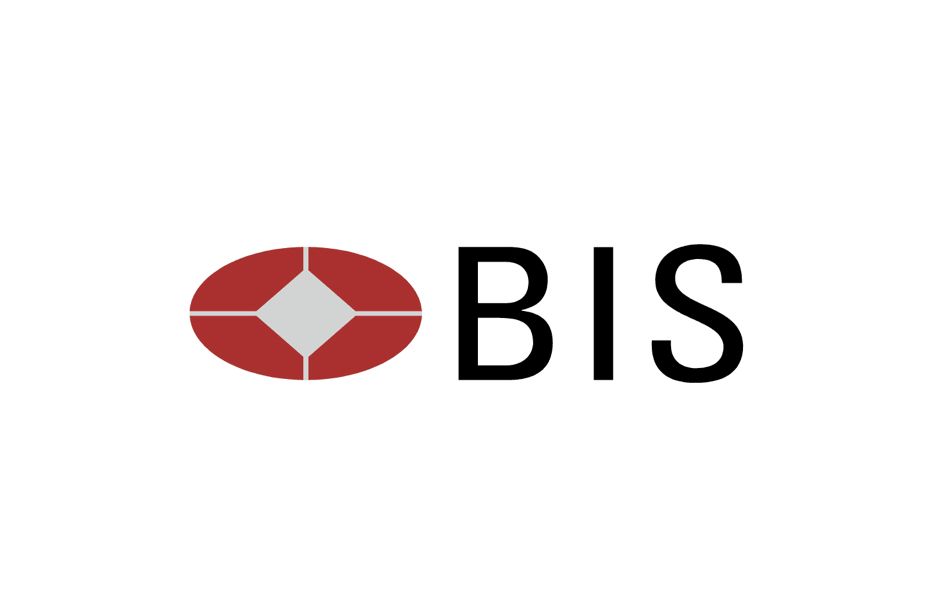


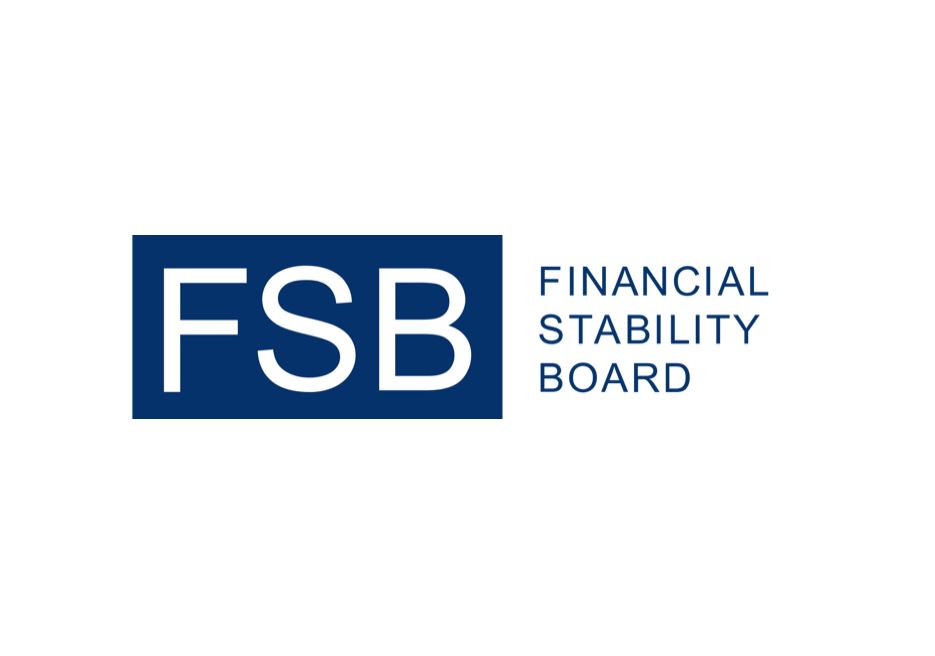
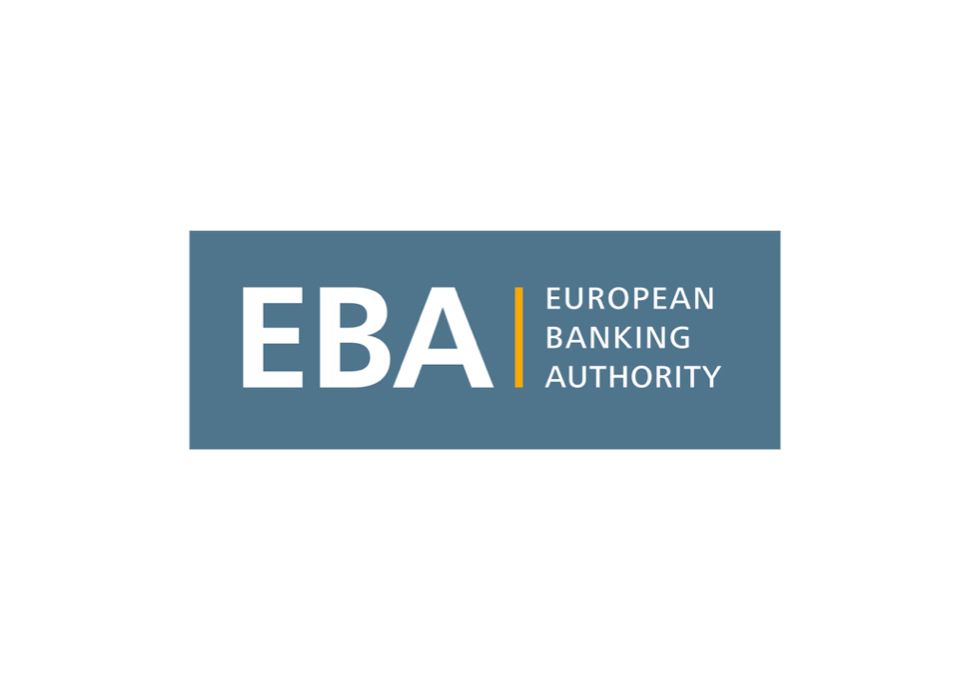

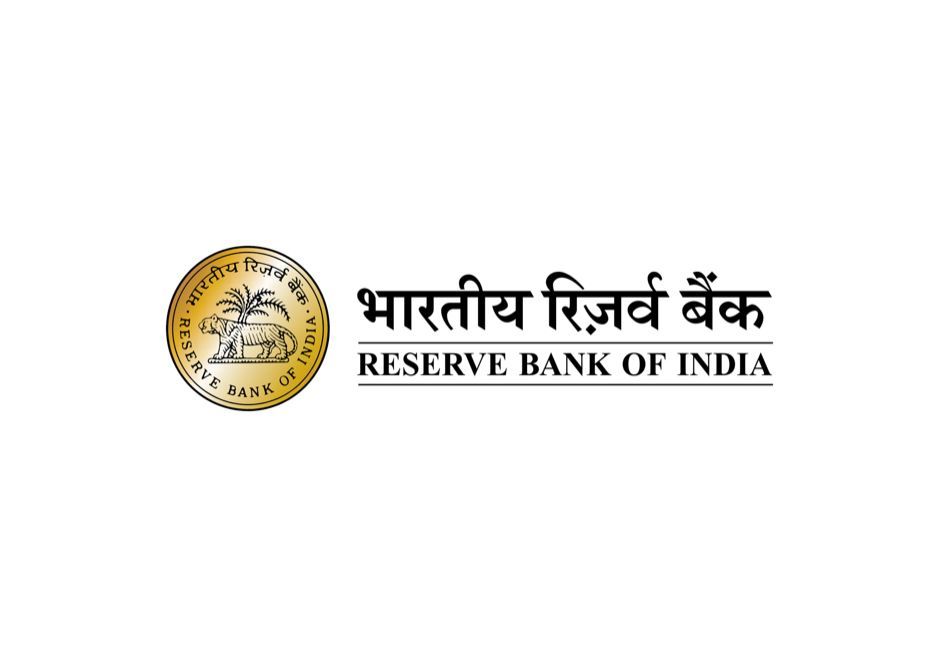
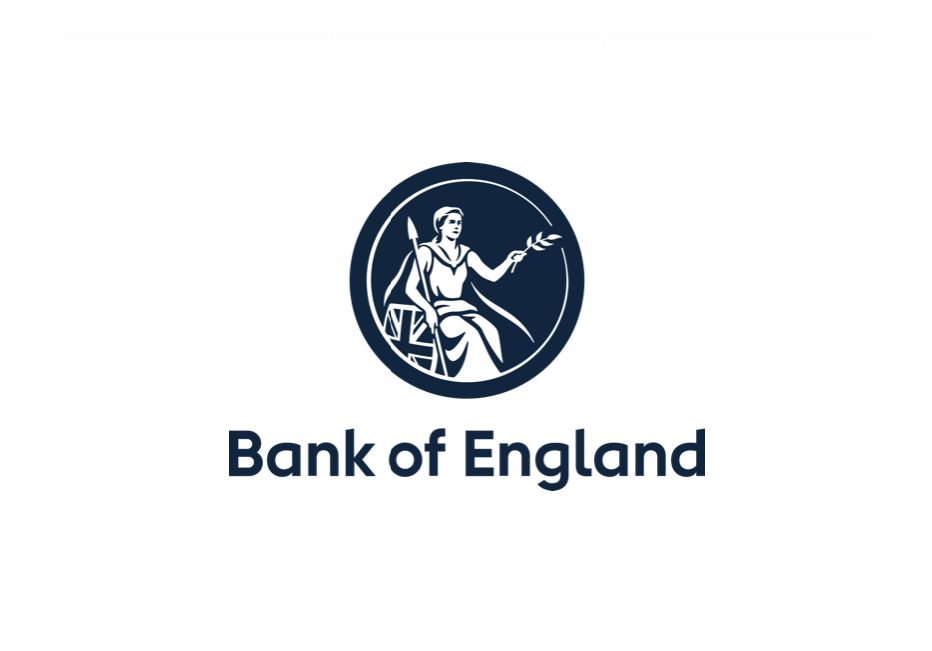

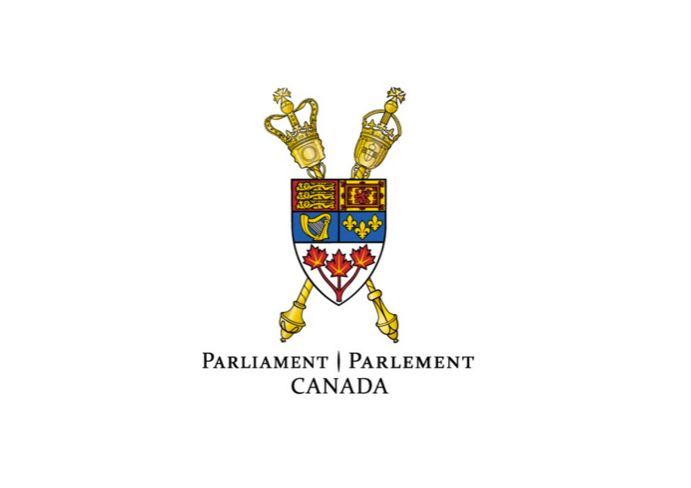
Disclaimer:
GlobalStablecoins.com is an informational website that provides news about coins, blockchain companies, blockchain products and blockchain events. Don’t take it as investment advice. Speak to an advisor before you risk investing in an ICO, Cryptocurrencies, Cryptoassets, Security Tokens, Utility Tokens, Exchange Tokens, Global Stablecoins, Stablecoins or eMoney Tokens. GlobalStablecoins.com is not accountable, directly or indirectly, for any damage or loss incurred, alleged or otherwise, in connection to the use or reliance of any content you read on the site.
Affiliate Disclosure / Sponsored Posts:
If a Sponsored Post contains any mention of a crypto project, we encourage our readers to conduct diligence prior to taking further action. GlobalStablecoins.com does not recommend that any cryptocurrency should be bought, sold, or held by you. Do conduct your own due diligence and consult your financial advisor before making any investment decisions.
GlobalStablecoins.com may receive compensation for affiliate links. Should you perform activities in relation to an affiliate link, it is understood that some form of compensation might be made to GlobalStablecoins.com. For example, if you click on an affiliate link, and sign up and trade on an exchange, GlobalStablecoins.com may receive compensation.
Before you invest in Cryptoassets you should be aware of the following,
Cryptoassets are considered very high risk, speculative investments.
If you invest in Cryptoassets you should be prepared to lose all your money.
All Sponsored Posts are paid for by crypto projects, coin foundations, advertising firms, PR firms, or other marketing agencies. GlobalStablecoins.com is not a subsidiary of any marketing agency, nor are we owned by any crypto or blockchain foundation.
The purpose of offering Sponsored Posts to our advertisers is to help fund the day-to-day business operations at GlobalStablecoins.com.
If you come across a Sponsored Post which you believe is fraudulent and/or “scammy,” please contact us and we will perform an immediate investigation.
All Rights Reserved | GlobalStablecoins.com
